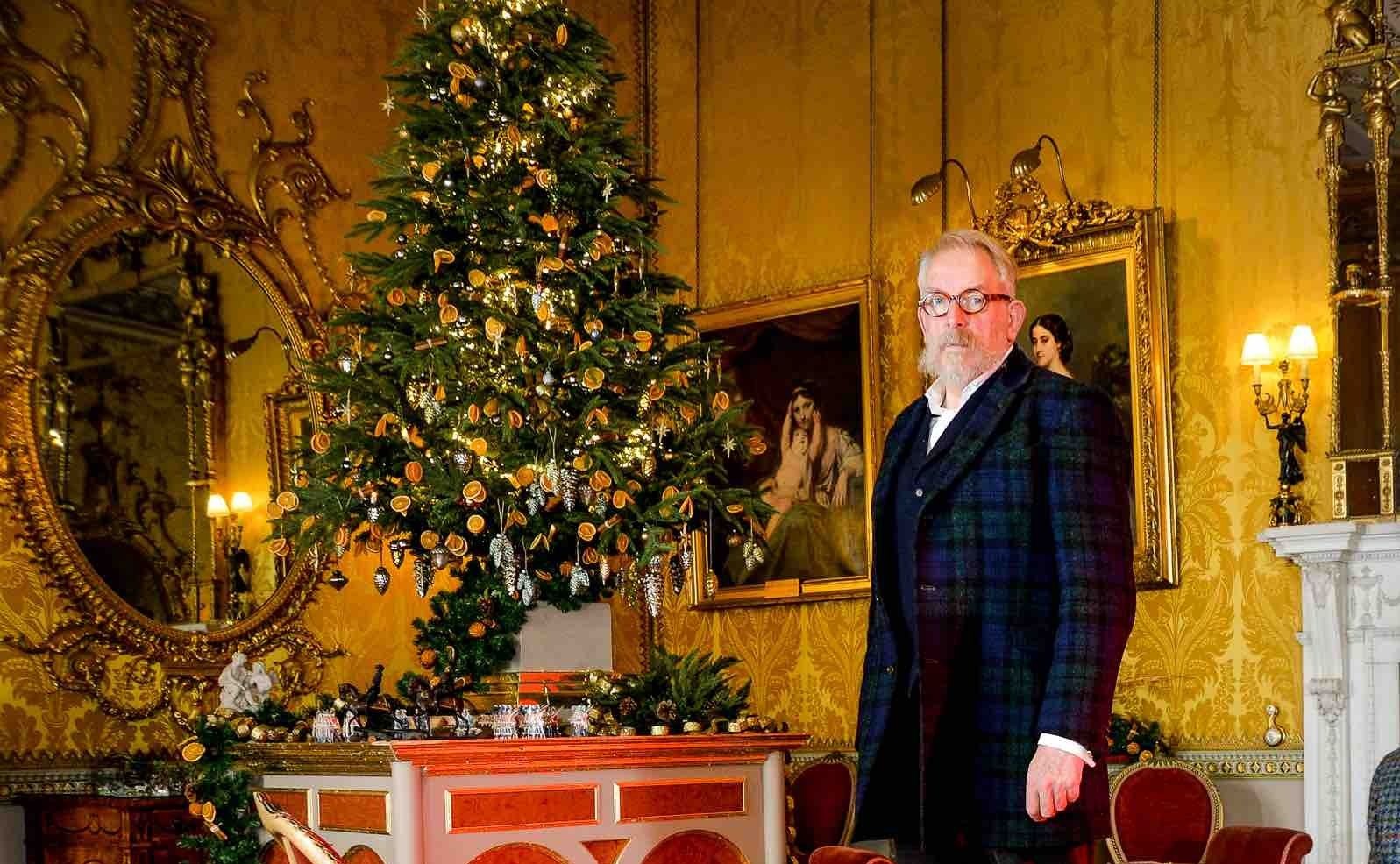On the passing of acclaimed production designer and art director Michael Howells, whose decades-long career spanned fashion, film and theatre, Harewood House Trust pays tribute to an incredible individual who created an enchanting Christmas experience at Harewood House in 2017. In addition to messages of condolence from the staff at the Trust, Lord Harewood adds;
“Diane and I were very sad to hear of the death of Michael Howells. I knew him by reputation from my time working in TV and then we both got to know him more personally when he designed our magical Victorian Christmas at Harewood last year. His inventiveness, creativity and personal warmth and charm will be sorely missed.”
David Lascelles, Earl of Harewood
To keep up to date with behind the scenes stories, follow Harewood House Trust on Facebook, Twitter and Instagram.
